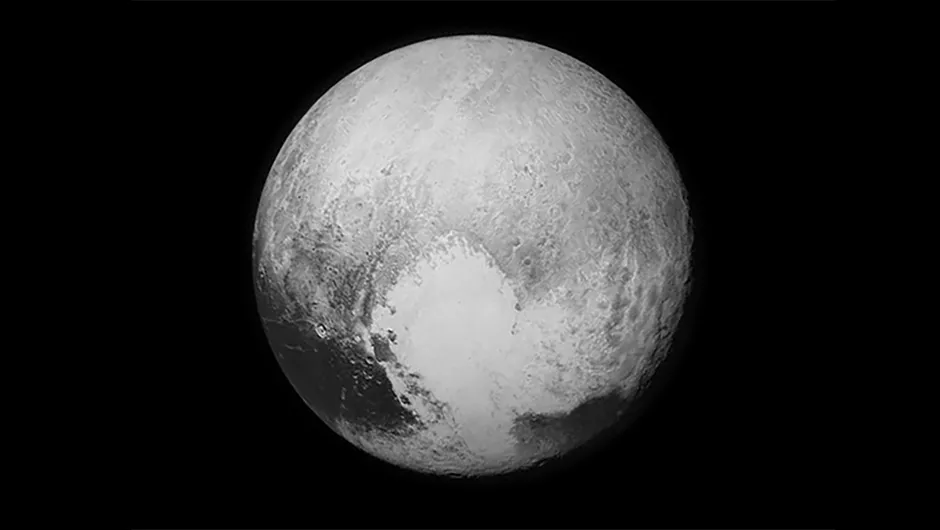NASA’s New Horizons spacecraft is due to fly by the Kuiper Belt object (KBO) known as 2014 MU69 on New Year’s Day 2019 and recent data collected from the ground is already revealing surprises.
The Kuiper Belt is a ring of small rocky and icy bodies, including Pluto, beyond Neptune’s orbit that little is known about.
On 3 June the KBO passed in front of a star - an event known as an occultation - and more than 50 teams of scientists were stationed across South Africa and Argentina to collect data.
The event gave a two-second glimpse of the object's shadow on Earth, exposing new information about its size.
Observations were aided by Gaia, one of ESA’s space observatories, and NASA’s Hubble Space Telescope.
The mission teams captured more than 100,000 images of the occultation, however MU69 still eludes direct observation.
“These data show that MU69 might not be as dark or as large as some expected,” says Marc Buie, New Horizons science team member from Southwest Research Institute (SwRI) in Boulder, Colorado.
The new information suggests MU69 is possibly even smaller than originally assumed from Hubble Space Telescope data, placing it in the range of 20-40 kilometres in diameter.
“These results are telling us something really interesting,” says New Horizons Principal Investigator Alan Stern of SwRI.
“The fact that we accomplished the occultation observations from every planned observing site but didn’t detect the object itself likely means that either MU69 is highly reflective and smaller than some expected, or it may be a binary or even a swarm of smaller bodies left from the time when the planets in our Solar System formed.”

Further occultations will occur on 10 and 17 July, and teams are set up to use these to check for debris around MU69 that could be hazardous for New Horizons.
The event on 17 July will also be used to better determine the size of MU69 with scientists setting up a ground based 'fence line' of small mobile telescopes along the line of the shadow.
NASA launched New Horizons on 19 January 2006 in a mission to explore the farthest reaches of our Solar System.
In 2015, it carried out a six-month flyby of Pluto, producing the closest images of the dwarf planet ever achieved and new data about its structure.
Its extended mission now continues farther into the Kuiper Belt to explore other KBOs.

